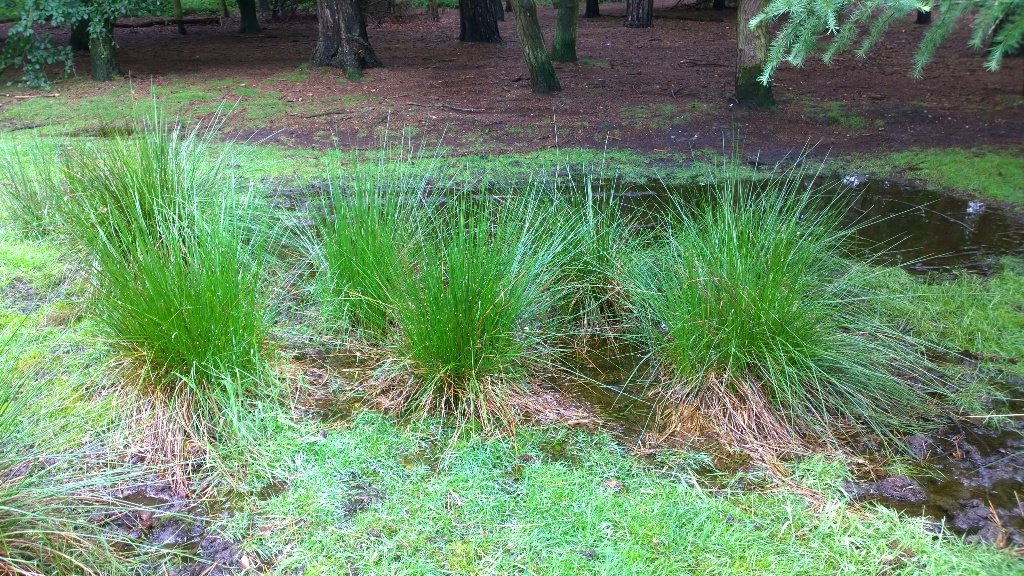In my previous post I’ve written all about the useful Sedge family or Cyperaceae. This is a much shorter post about the closely related Rush Family or the Juncaceae.

In particular the genus Juncus looks very similar to Scirpus and other bulrushes in the Sedge family.
Well; ‘all the proof is in the flower’ of course but you have to look close-up in order to see that as from a distance they will look similar!
Two beautiful illustrated websites are by Lizzie Harper and also see Wayne’s Word about Flower Terminology. A good flora is always helpful of course and you can find a recommended book list and links in my previous post on Cyperaceae. A website I often use, if you are regularly following my blog, is the Leicestershire and Rutland based Naturespot. This is a most useful, descriptive and active site showing many good photographs!
This family only has 2 genera: Juncus or Rushes and Luzula or Wood-rushes.
As I did in previous post I will just list the most common species in the B.I. on the next page. This can be found through the distribution maps in the back of Collins pocket guide in Grasses, Sedges, Rushes & Ferns of Britain and Northern Europe .
These maps are a useful feature as most plants used by us in one form or the other would be the common species anyway!
Rare species are not going to be used as food, medicine or building materials. Although saying this: they would have probably been collected and used as an ornamental plant by the Victorians, who loved unusual varieties such as can be found in the ferns for example.
But in the present day collecting of wild plants is a taboo! And of course which were common wild flowers then could now be very rare!
I will also be using my own Flora of Birmingham and the Black Country from now on for all my future posts as this is my local or area and why didn’t I think of this before?
I use colour coding for easy reading! Blue background is general interesting info (although I hope you find it all interesting!!). Green is about all the uses except for medicinal uses or if there is a warning in which case I use a pink background. Pictures with gratitude by Mike Poulton unless stated.
Please use Jump-links in the Contents in order to get easier to the plant description on next page!
